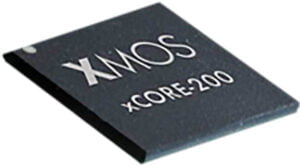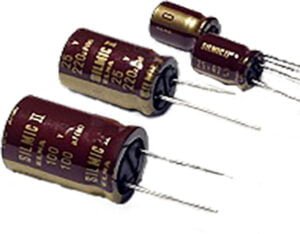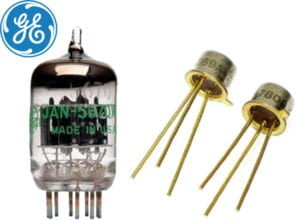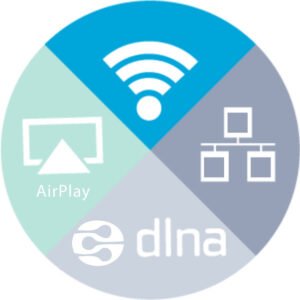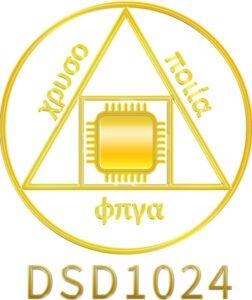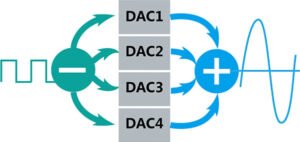A hi-res trinity
Our flagship Pro iDSD is for those who like music in all its flavours, especially high spec.
It’s a standalone unit, a streamer and a DAC/amp.
And with the option to listen in solid-state, tube or tube+, there’s something for everyone.

DSD1024 and more.
The Pro iDSD plays all files from MP3 up to hi-res DSD and MQA.
For the first time, it brings Studio Grade DSD1024 to a wider audience – a rare feat. You are well and truly future-proofed.
All controlled from the palm of your hand via an app.
GTO muscle
As with most iFi gear, we added filters to add flavour to your listening.
Check out the GTO filter. Just like the American muscle car, it adds gravitas and a new dimension to your driving…sorry, listening.
We’ve also given you Bit Perfect, Bit Perfect+, Apodising, and Transient Aligned.
Curious mind? User Manual, page 16.

Your music. Your way.
Choose a wireless connection to stream your favourite tunes from Tidal, Spotify, Napster – the list is endless.
Take it up a notch by using a wired Ethernet connection to play from a router or NAS (Network Attached Storage).
Or relax with AirPlay to enjoy playback from your iPhone, iPad or Mac.
To USB or not to USB
Use USB Type A to connect a hard disk drive or a memory stick or Type B to connect a laptop or server.
Or slot in a micro SDHC card with music files for instant playback.
Enjoy soulful tunes from your CD transport and enhance your gaming or movie experience as you connect via the coaxial/digital input.
Sound has never sounded so good.

Moved by music
Finally, we’ve given you a choice of headphone sockets and outputs to cover all tastes. Big ones, little ones, balanced ones…
The Pro iDSD now currently comes in two ‘balanced’ versions – with 4.4mm or 2.5mm balanced headphone sockets. You choose which version you need.
So, whatever your mood, however you connect or listen, the Pro iDSD has an option for you.
DACs convert digital information, stored or streamed by computers, into music we can hear through speakers or headphones.
Every device that’s a source of digital sound has a built-in DAC (TVs, games consoles, CD players, phones, portable music players etc). Dedicated external DACs sound much better than standard DACs used in digital devices such as phones.
A solid-state amplifier uses electronics such as diodes and transistors to amplify the music signal. A tube amp uses valves/vacuum tubes to do the same job.
There is a noticeable sound difference between the two methods. Some feel that tube amps create a warmer, more musical tone. Some companies choose to build ‘hybrid’ models that combine the two methods.
MP3 – this is the most popular format, every device in the world can use it.
DSD – Direct Stream Digital is a very high-quality audio format, better than CD quality. The higher the number (sample rate), the better the recording – DSD64, 128, 256, 512 and 1024.
PCM – Pulse Code Modulation is the most common format for CDs and DVDs.
DXD – Digital eXtreme Definition is a very high-quality PCM format. It was developed to edit hi-res (high quality) recordings recorded in DSD.
DSD is a very high-quality digital audio format that’s even better than CD quality. The higher the ‘DSD rate’ – DSD64, 128, 256, 512 and 1024 – the greater the amount of music information available, which means better sound quality.
Files can be remastered to higher file rates to improve sound quality. The pinnacle of this is DSD1024. Not many machines out there are capable of this feat.
Network-attached storage (NAS) is dedicated file storage that enables multiple users and client devices to retrieve data from centralized disk capacity.
Users on a local area network (LAN) access the shared storage via a standard Ethernet connection. NAS devices typically do not have a keyboard or display and are configured and managed with an app.
Apple AirPlay is found on all Apple devices. It lets you share videos, photos, music, and more from Apple devices to your Apple TV, favourite speakers, and some smart TVs.
A CD transport concentrates on reading the information held on a compact disc without expending effort in turning that digital signal into an analogue output, unlike a CD player. All you need to do is add an external DAC.
Galvanic isolation is a design technique that separates electrical circuits to eliminate stray currents that contain noise. Signals can pass between galvanically isolated circuits, but stray currents, such as differences in ground potential or currents induced by AC power, do not pass. This means little or no noise interference to the audio signal from stray currents.

















